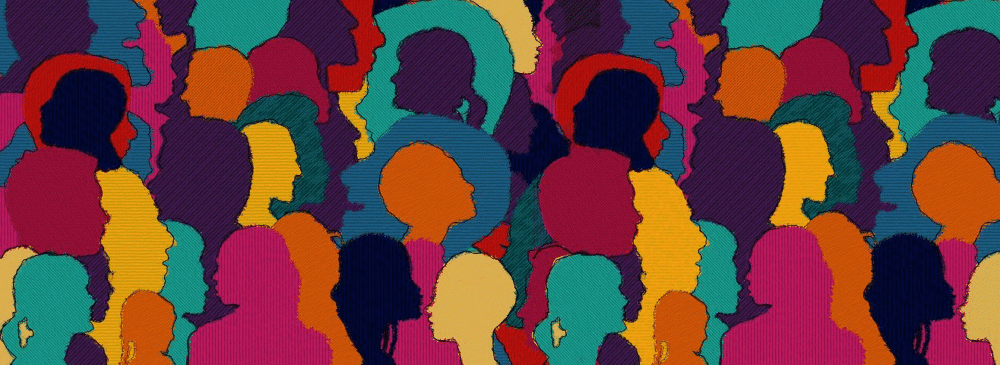Most people still believe that being diagnosed with HIV is a death sentence. This could not be farther from the truth. In the past decades, HIV treatment has changed a lot. Today, people living with HIV can live healthy lives.
HIV is no longer a scary, harmful infection, but instead a very manageable virus. Instead, one of the things that causes the most harm today, is the misinformation and prejudice faced by people who are living with HIV. Know, that kissing, hugging, sharing meals and spaces with people living with HIV does not pose you any risks.
Here are a few things that are important to know and teach:
What is HIV?
HIV is an infection that can affect anyone – no matter a person’s age, sex, gender, ethnicity, or sexuality. HIV can only be passed on by these five bodily fluids:
- Semen (including pre-cum)
- Rectal fluid
- Vaginal fluid
- Blood
- Chest milk1
Who can get HIV? HIV can impact everyone; it just depends on behaviours that may let HIV into your body. Having unprotected sex, chestfeeding1, and sharing needles, are all ways that HIV can be transmitted.
Although there is still no cure, HIV treatment has become so powerful that it reduces the amount of HIV that a person has in their blood – this is called a viral load. In fact, HIV treatment lowers the person’s viral load so much that HIV can no longer be transmitted by having unprotected sex with someone.
When a person living with HIV receives regular HIV treatment and cannot transmit HIV to another person, this is what is commonly known as Undetectable = Untransmittable (U=U).
What does it mean to be undetectable for HIV?
A person who is undetectable still has HIV and is still HIV positive but to be undetectable means that the viral load cannot be detected through HIV tests. That is, if somebody receiving HIV treatment got an HIV test, the result may come back negative because of how well the treatment works to reduce the viral load.
How does being undetectable for HIV work and what’s the science behind it?
It usually takes most people with HIV three to six months of HIV treatment to reach the level where their HIV is undetectable. To stay undetectable, it is important to take the HIV medication consistently; skipping many doses of HIV treatment may cause the viral load to increase and the HIV may become transmissible. The only way to know if a person’s HIV is undetectable is through frequent viral load tests. People can get their viral load tested through their HIV doctor/care team.
Why is it important to know about U=U?
- Getting educated will help reduce people’s negative opinions associated with being HIV positive.
- HIV treatment not only ensures the well-being and overall health of HIV-positive people but also prevents them from transmitting HIV to their sexual partners.
- HIV-positive individuals can have healthy and enjoyable sex lives like anyone else.
- HIV-positive people who are undetectable need to be tested for HIV regularly to ensure that they stay undetectable.
- Everyone should focus on the facts and spreading accurate information.
Proof that U=U works:
There’s significant research supporting U=U: both the PARTNER Study, and the HPTN 052 study showed no HIV transmissions between undetectable partners and HIV negative partners. The Prevention Access Campaign (an international group of HIV advocates activists, and researchers) has a list of researchers that have endorsed the U=U message.
1 Note, we use the word “chestmilk” and “chest feeding” to be inclusive of trans men and gender variant people who can conceive and produce milk

